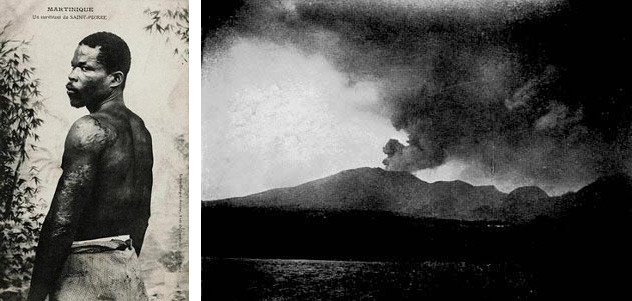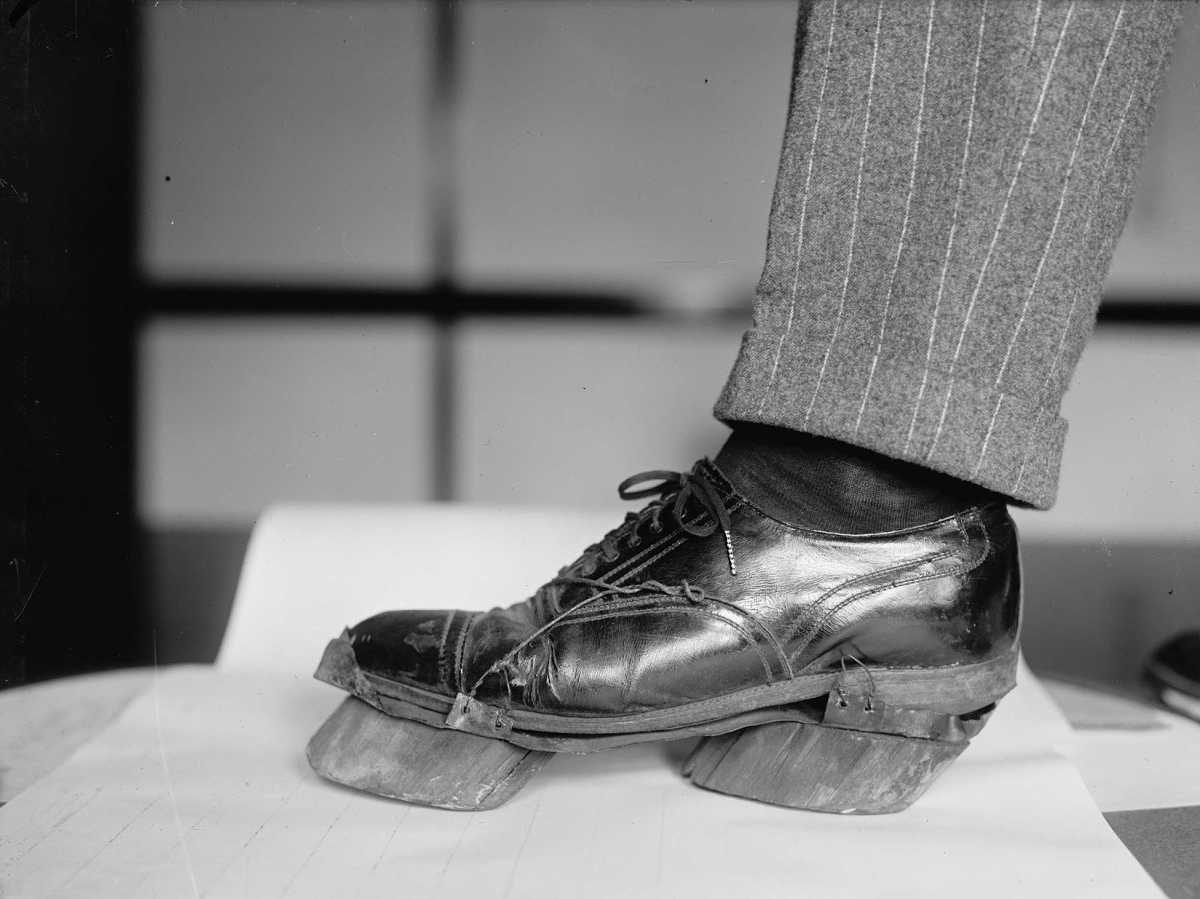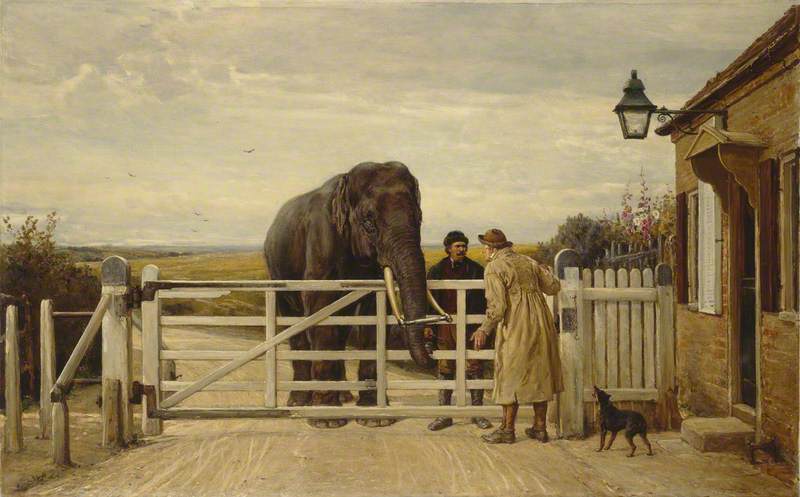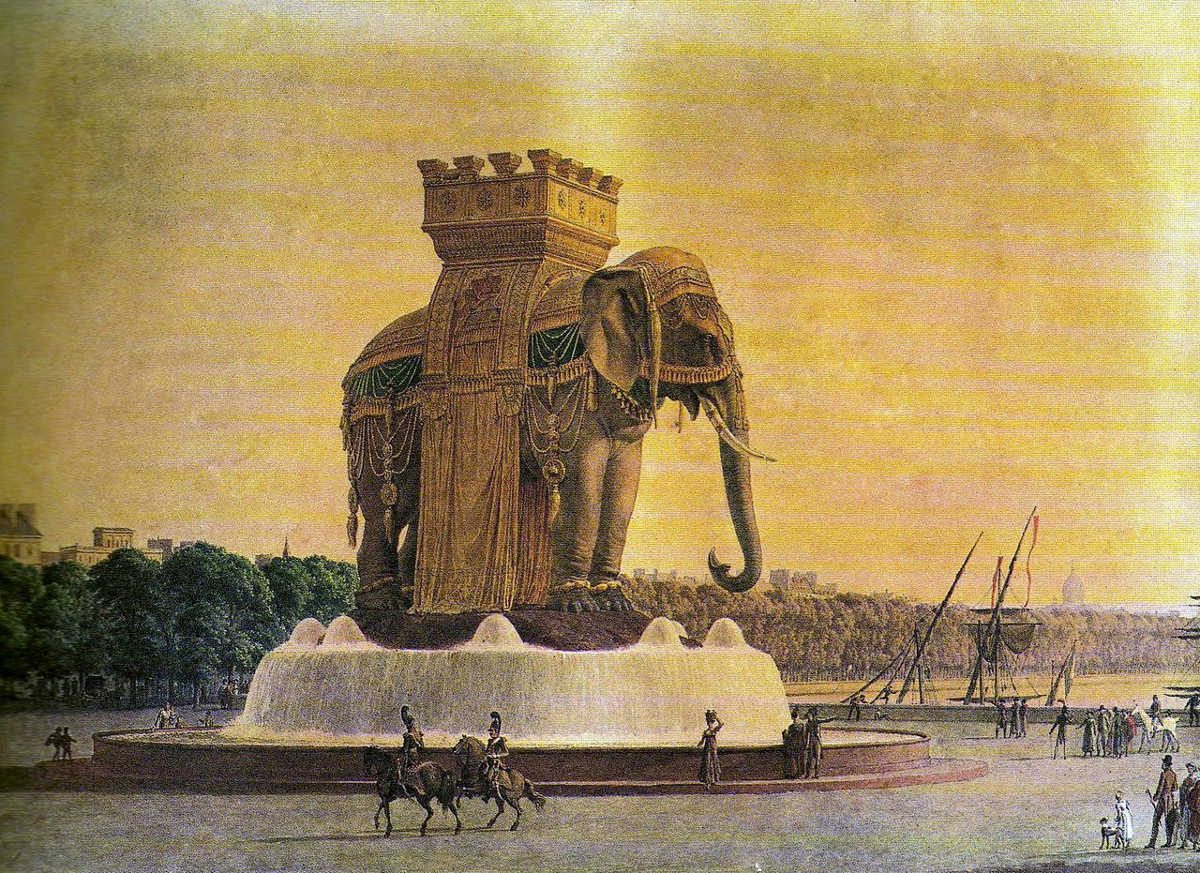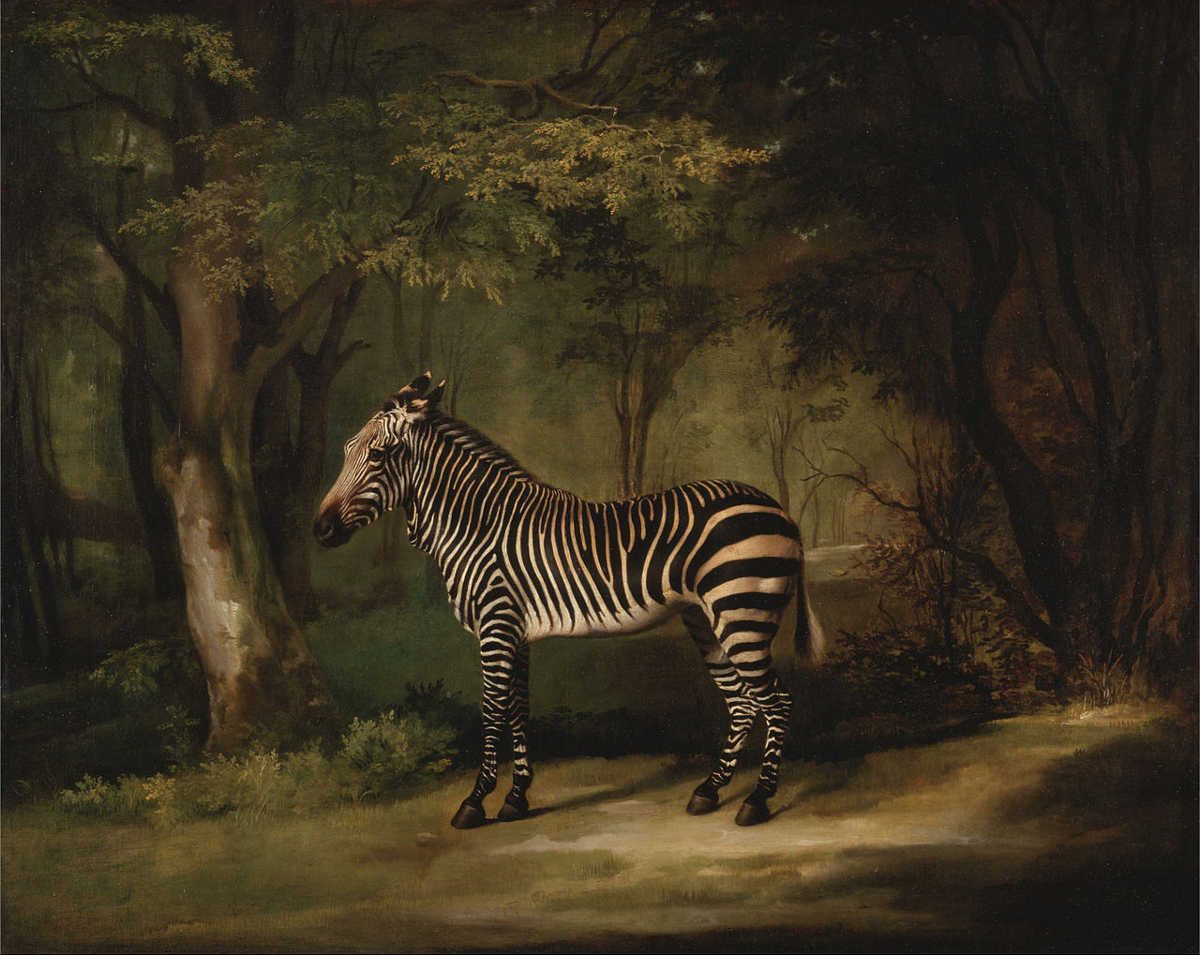
Six kilometers south of Dunhuang in western China lies Crescent Lake, an oasis that once served as a waypoint to the West along the Silk Road. British missionaries Mildred Cable and Francesca French recorded their first sight of it during their travels through the Gobi Desert in the 1920s:
All around us we saw tier on tier of lofty sand-hills, giving the lie to our quest, yet when, with a final desperate effort, we hoisted ourselves over the last ridge and looked down on what lay beyond, we saw the lake below, and its beauty was entrancing.
The lake survived for 2,000 years thanks to its low altitude and sheltered position, but it began to shrink in the 20th century due to population pressures — its depth dropped from 7.5 to 0.9 meters between 1960 and the early 1990s. In 2006 the government stepped in to reverse the decline, and now it’s growing again.
(Via eMORFES.)

